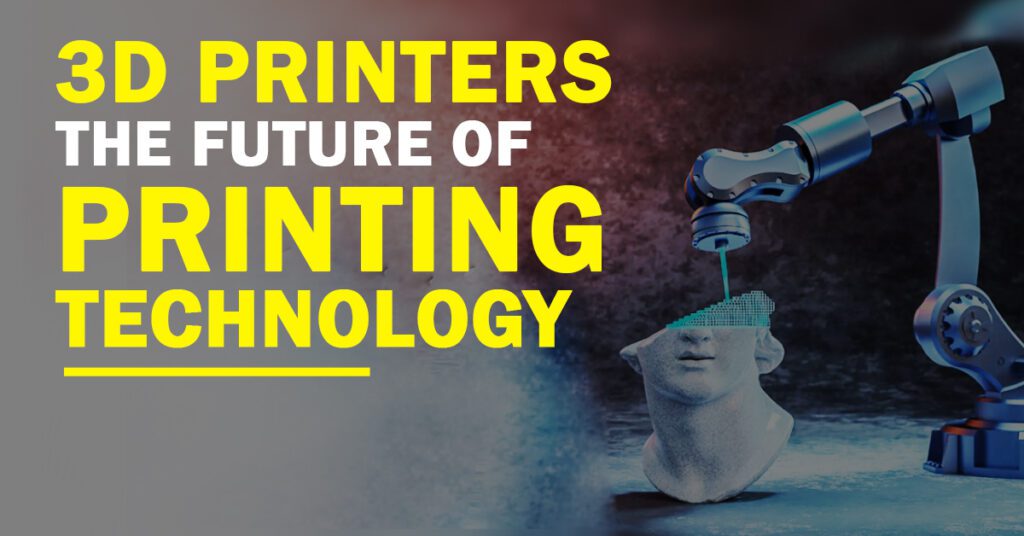
Table of Contents
ToggleIntroduction To 3D Printers
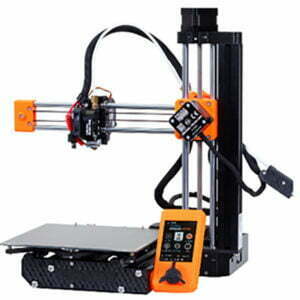
A form of manufacturing technology known as a 3D printer enables customers to produce three-dimensional items from digital design files.
Using a variety of materials, including plastics, metals, ceramics, and even live tissue, 3D printing creates objects layer by layer as opposed to typical manufacturing processes, which entail removing or moulding material from a bigger block or sheet.
Creating a digital design file using specialist software or scanning an existing object with a 3D scanner is the first step in the 3D printing process. The data is then sent to the 3D printer when the program thinly slices the design.
Following the reading of the data, the printer starts to produce the object layer by layer while utilizing a variety of methods, including extruding melted plastic and curing resin with UV radiation.
There are several uses for 3D printing, including generating personalised goods, medical implants, and prototypes and models for the manufacturing and design industries.
Also, technology has provided new chances for designers and artists to explore with intricate shapes and geometries that would be challenging or impossible to make using conventional techniques.
Inkjet Printers are also a very good choice if you want to print images and documents on paper. If you want to buy best suited Inkjet Printer for you, Click here.
History Of Printers
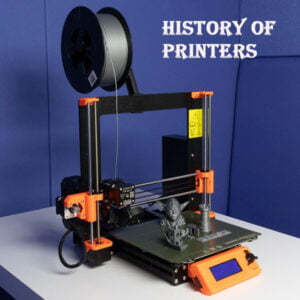
The past of 3D printers is an exciting story of resourcefulness, innovation, and the never-ending quest for progress. A gathering of daring engineers set off to foster an invention that would change the manner in which we make and make things during the 1980s.
Their “stereo lithography” development included utilising a laser to harden layers of resin each at a time to make 3D things. The gadgets were initially enormous, costly, and unusable for most applications.
Notwithstanding, as innovation was created, 3D printers turned out to be more conservative, broadly accessible, and equipped for delivering objects out of various materials.
One of the main turning moments throughout the entire existence of 3D printing was the improvement of the RepRap in 2005.
This was the main open-source 3D printer to be successful commercially, making it possible for anybody to get the blueprints and build their own machine. Since it democratised innovation and made it more open, it changed the game.
From that point forward, 3D printing has extended extensively, tracking down applications in various enterprises, including creation, prototyping, food, and medication.
It is utilised to make everything, including entire houses, vehicle parts, and prosthetic. It’s exciting to consider where this innovation could take us in the future due to how astounding it would be.
Types of 3D Printers
Printer No.01
Fused Deposition Modeling (FDM) 3D printers

A thermoplastic filament is used in the Fused Deposition Modeling (FDM) method of 3D printing to construct items layer by layer. Some of the most popular and reasonably priced 3D printers available today are FDM models.
FDM printing builds up the thing layer by layer from the digital design file by melting the filament and extruding it through a nozzle.
To generate each layer, the build platform moves up and down along the Z-axis while the printer head oscillates back and forth along the X and Y axes.
The Fused Deposition Modeling (FDM) technique of 3D printing builds objects layer by layer using a thermoplastic filament. FDM models are some of the most well-liked and affordable 3D printers on the market right now.
FDM printing melts the filament and extrudes it via a nozzle to produce the object layer by layer from the digital design file. The build platform travels up and down along the Z-axis to create each layer, and the printer head moves back and forth along the X and Y axes.
Applications of fused deposition modeling is in various fields like rapid prototyping, product design, architecture, and medicine, to create low-cost, functional, and complex parts or models using thermoplastic materials.
Printer No.02
Stereolithography (SLA) 3D printers
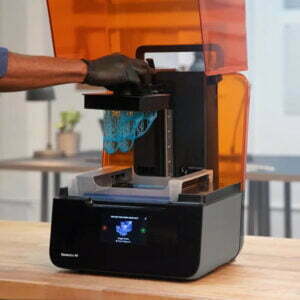
Stereolithography (SLA) is a form of layer-by-layer item construction technique that uses a liquid resin that is cured by a laser or other light source.
SLA printers have the capacity to produce items with high resolution and flawless surface finishes. With SLA printing, the resin is selectively cured by the printer using a laser or other light source to create each layer.
The build platform is progressively lowered into the resin tank when each layer of resin has done curing, and the finished object is then removed and cleaned.
SLA printing is a popular option for sectors like jewellry, dentistry, and prototyping since it can create intricate products with precise details and high levels of complexity.
Engineering resins that can withstand high temperatures and stress are among the newer materials that can be used thanks to technology.
The comparatively high cost of the tools and ingredients, as well as the requirement for specialized safety gear and ventilation because liquid resins are used, are all disadvantages of SLA printing.
SLA printing, however, has the potential to become a more popular production approach as the technology advances and becomes more generally available.
Printer No.03
Digital Light Processing (DLP) 3D printers

Digital light processing (DLP), a type of 3D printing technology, is a procedure that uses a digital light projector to selectively cure a liquid photopolymer resin. DLP printers are similar to SLA printers, but they differ in how they project light.
With DLP printing, the printer projects the images from each layer onto the resin’s surface, where they are subsequently exposed to light to cure.
The build platform is progressively lowered into the resin tank when each layer of resin has done curing, and the finished object is then removed and cleaned.
One of the benefits of DLP printing is that it is equipped for delivering highly detailed and complex articles with exceptionally fine elements, like SLA printing.
DLP printers can also be more affordable than SLA printers, pursuing them a well choice for specialists and small businesses.
One more benefit of DLP printing is that it is quicker than a few types of 3D printing, as each layer can be relieved in a single exposure.
Nonetheless, DLP printing likewise has a few limits, including the requirement for specific security hardware and ventilation because of the utilization of fluid gums.
Generally speaking, DLP printing is a flexible and strong 3D printing innovation that is equipped for delivering top notch objects with incredible precision and detail.
Printer No.04
Selective Laser Sintering (SLS) 3D printers

Selective laser sintering (SLS), a type of 3D printing, selectively melts and fuse tiny particles of plastic, metal, or other materials together to build objects layer by layer.
With SLS printing, a small layer of powder is applied to the build platform, and the laser uses a computerized design file to melt the powder particles together in specific places.
The build platform is lowered, another layer of powder is added, and the process is repeated once the object is complete.
SLS printing enjoys a few upper hands over different sorts of 3D printing, including the capacity to deliver complex and point by point objects with high accuracy and strength.
SLS printing likewise takes into consideration the utilization of a large number of materials, including nylon, polycarbonate, and metals like aluminum and titanium.
SLS printing is likewise more complex and costly than different kinds of 3D printing, and requires specialized equipment and skill.
In spite of these difficulties, SLS printing is turning out to be progressively well known in businesses like aviation, automotive, and medical device manufacturing, where the strength and solidness of the completed item are critical factors.
Printer No.05
Binder Jetting 3D printers
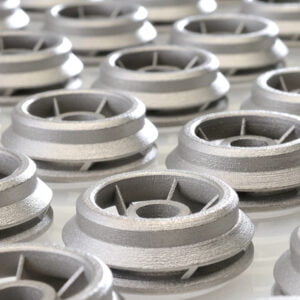
Binder Jetting is a sort of 3D printing process that uses a binder liquid to selectively bond layers of powder material together, building out an item layer by layer. Binder jetting has the ability to create items with intricate geometries and precise features.
With binder jetting, the printer first applies a thin layer of powder to the build platform, and then, in accordance with the digital design file, selectively applies a liquid binder to the powder layer.
Layer by layer, the process is continued until the thing is finished. Following printing, the item is taken off the powder bed and any leftover loose powder is swept away.
Metals, ceramics, and polymers are just a few of the materials that binder jetting can print on. It is preferred for manufacturing challenging and delicate parts because of its capacity to produce items with a high degree of accuracy and detail.
The advantage of binder jetting is that it is a quick printing technology that may generate several pieces simultaneously. The finished printed components may require further post-processing procedures to get the necessary strength and gloss.
Binder jetting is a flexible 3D printing method that can be used, among other things, to produce intricate mechanical parts for the aerospace and automobile industries.
Metal binder jetting is also a process in Binding Jetting. Metal binder jetting is a 3D Printing process in which a binder is used to selectively bond metal powder together which results in high accurate, complex which is also with excellent strength and durability.
Product No.06
Direct Energy Deposition (DED) 3D printers

Direct Energy Deposition (DED) is a sort of 3D printing method that melts and deposits material layer by layer onto a substrate to construct an item. It requires a focused energy source, such as a laser or an electron beam.
In most cases, wire or powder feedstock is used in DED printers. This feedstock is melted by the energy source and then deposited into the substrate.
The substance is immediately solidified and fused to the top layer. Until the thing is finished, this process is repeated.
Industrial applications including the repairing and modifying of already-existing parts as well as the production of new parts frequently make use of DED printing. Metals, ceramics, and polymers are just a few of the diverse materials that it can print with.
One of the essential benefits of DED printing is its capacity to rapidly deliver large, complicated things with amazing accuracy and accuracy.
Likewise, it is an entirely adaptable method with a large number of applications, like the production of particular medical implant and the restoration of turbine blades for use in planes.
DED printing, nonetheless, can be more expensive and difficult to operate than other 3D printing methods because it requires specialized equipment and training.
DED printing is as yet a significant and quickly developing strategy in the field of added manufacturing, with new applications and advances emerging consistently.



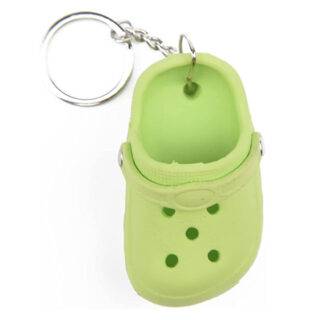
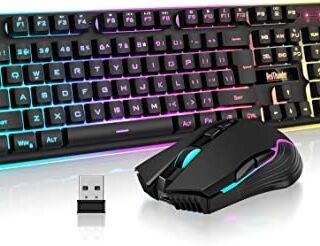
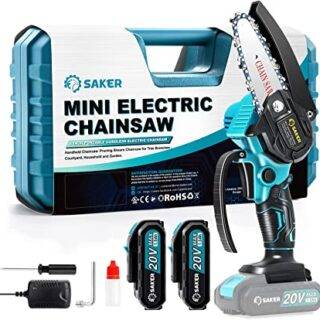

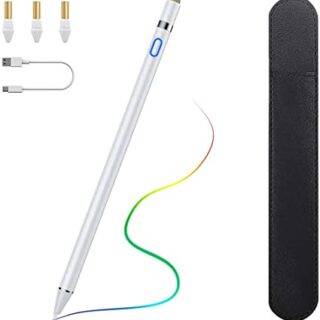
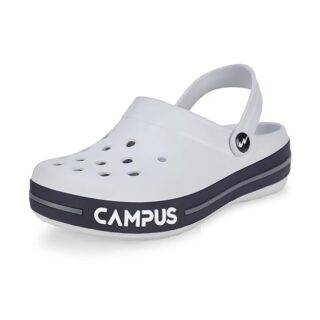
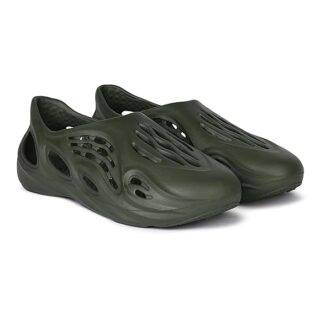
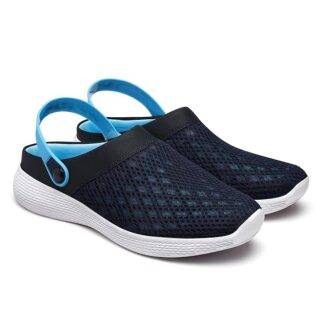

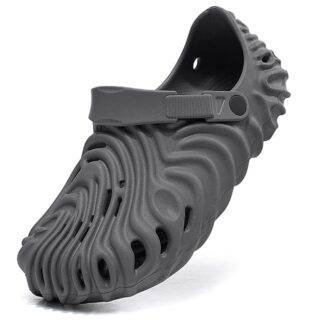
Leave a Reply